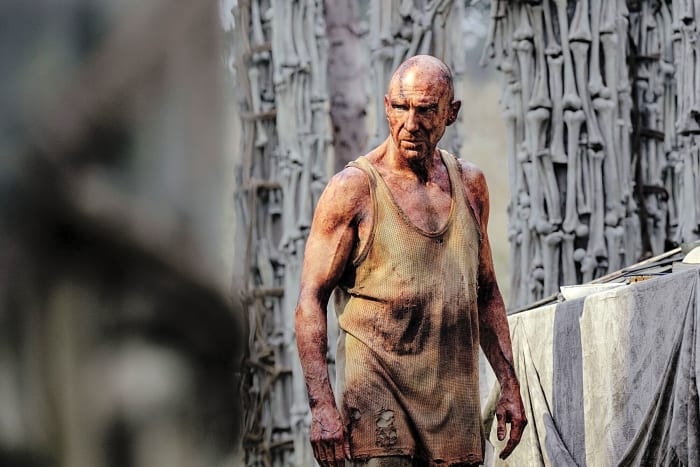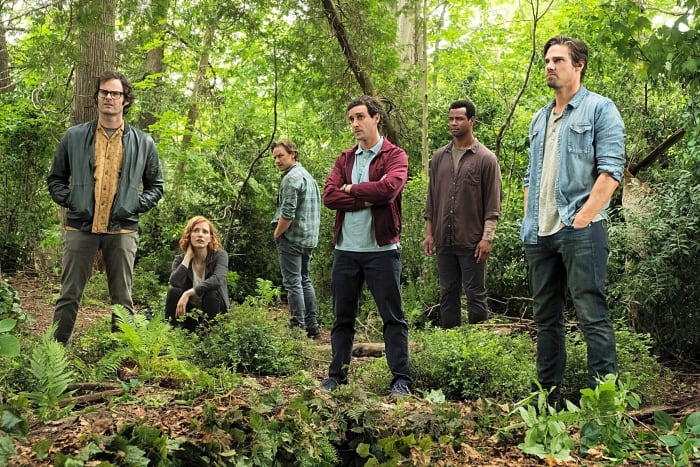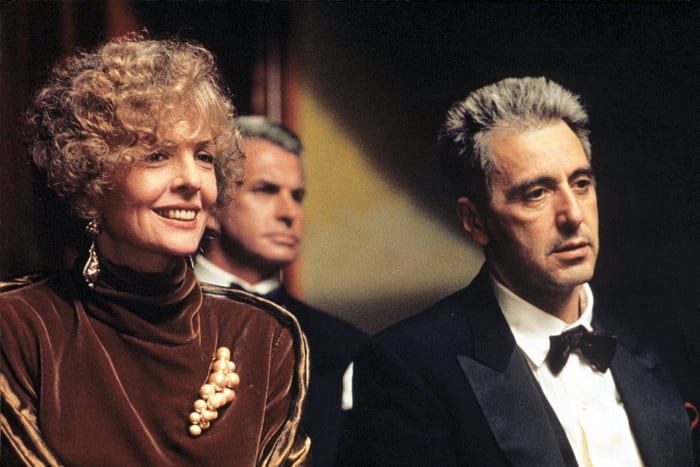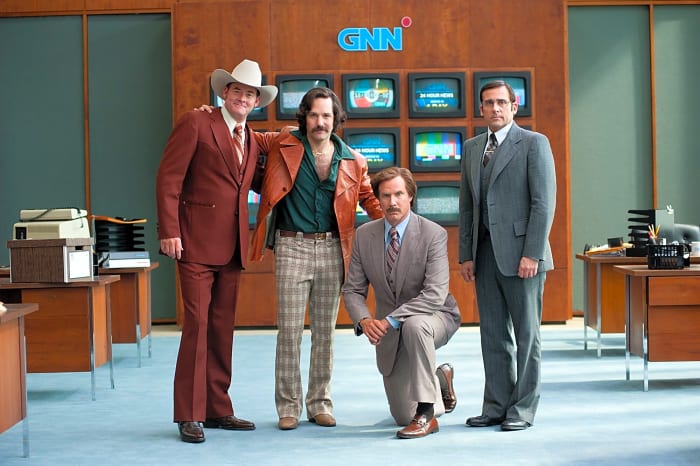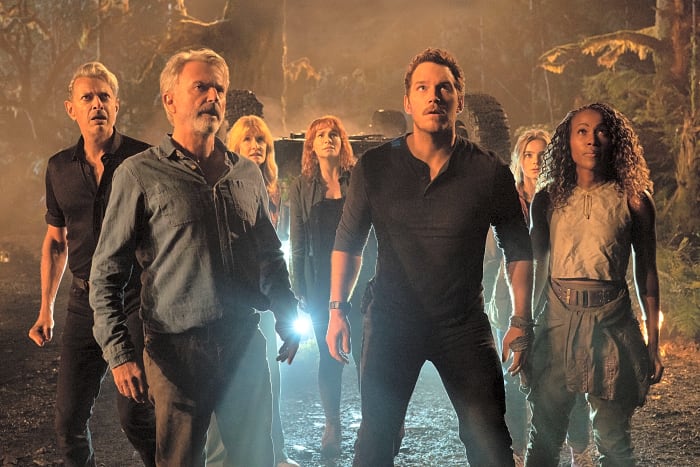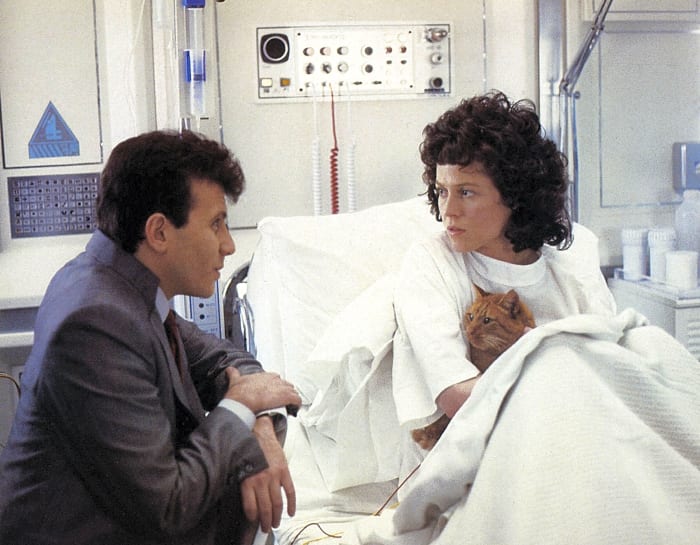x
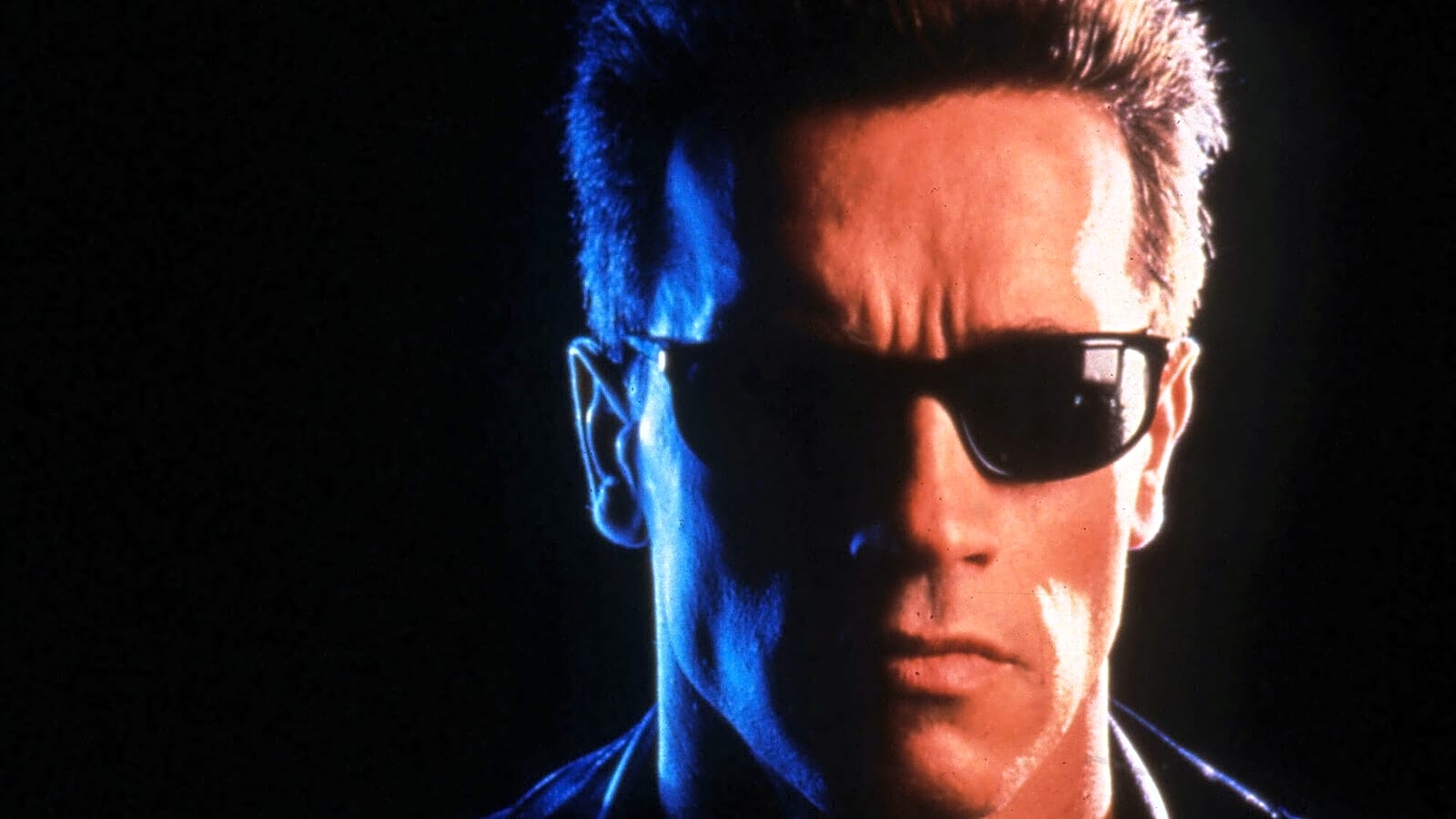
Paramount
Popular film franchises with massive jumps in the timeline
There are movies with plenty of jumping. “Jumper,” for example. Counterintuitively, “White Men Can’t Jump.” Oddly, not so much “Kangaroo Jack.” Also, the kangaroo doesn’t actually talk in that movie. What a misleading trailer. Some movie franchises also feature time jumps, though. They don’t pick up right where they left off, or even a few days or weeks later. Even the two months between “Dead Reckoning” and “Final Reckoning” doesn’t feel like much of a time jump. These franchises, though, have made time jumps as part of the storytelling. Also, time traveling doesn’t count for these purposes.
More must-reads:
- The 20 most memorable movie monologues of all time
- 18 standout scenes from otherwise miserable movies
- 20 A-list stars who regretted stepping away from their comfort zone
- 20 biopics that didn't care about getting the little details correct
- The 20 greatest film franchises of all time
Breaking News
Trending in Entertainment
Customize Your Newsletter
 +
+
Get the latest news and rumors, customized to your favorite sports and teams. Emailed daily. Always free!
